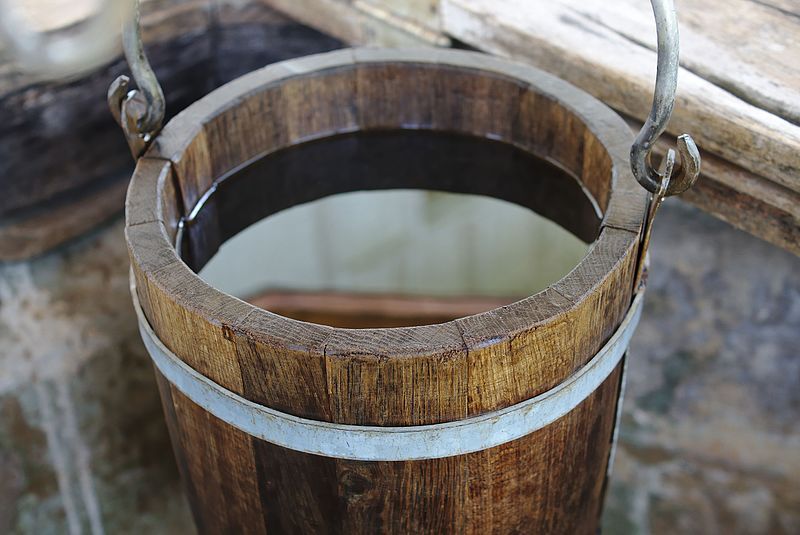Wells and Even Springs Face Brackish Future
Published on by Water Network Research, Official research team of The Water Network in Academic
Salt water can creep into the aquifer during droughts that deplete fresh water, allowing the salty liquid to flow in. It can also invade the aquifer when too much fresh water is pumped out. But the saltwater intrusion the experts say is inevitable for Florida's coasts will be far more extensive and more expensive.
BY CINDY SWIRKO

Well water, Representative Image, Source: Wikimedia Commons, Labeled for Reuse
When Arnoldo Valle-Levinson asks St. Augustine residents what they think of saltwater intrusion, he's often met with eyes as glassy as the Atlantic on a calm morning.
The term may be off the radar of some coastal residents but the process is happening, will accelerate and will cause expensive headaches for cities with water systems and for homeowners with wells.
"Municipalities should start preparing, and the way you start preparing is by understanding what is happening now and what can happen," said Valle-Levinson, a professor in the University of Florida's Civil and Coastal Engineering Department.
"I ask people in St. Augustine, 'Do you worry about saltwater intrusion?' They are not paying attention to it. When they start getting brackish water in their wells or in the city's water supply, it's going to be too late. They will not be able to act quickly."
Salt water can creep into the aquifer during droughts that deplete fresh water, allowing the salty liquid to flow in. It can also invade the aquifer when too much fresh water is pumped out.
But the saltwater intrusion the experts say is inevitable for Florida's coasts will be far more extensive and more expensive.
Salt water is heavier than fresh water. As the Atlantic and the Gulf of Mexico rise higher, salt water will push its way into the aquifer and then overtake the fresh water.
It will also push farther up rivers such as the St. Johns and Suwannee, changing their ecosystems and in some cases flowing into freshwater springs.
Already, salt water can sometimes be detected in the St. Johns at Palatka. That will become far more frequent.
Saltwater intrusion began years ago in wells along the coast of Volusia and Flagler counties. Salt water intruding into shallow wells used for irrigation means the wells, in some cases, can no longer be used to water lawns or shrubs.
"They have a world of trouble," said Mark Watkins, owner of Atlantic Drilling Corporation in Daytona Beach, speaking of the wells on the Flagler County coast. "The shallow wells on the peninsula are all pretty salty."
The deep wells on the northern peninsula of Volusia County, around Ormond-by-the-Sea also have salt in them, Watkins said. It doesn't appear to be migrating, he said, "but I think maybe where it is, it may be getting a little stronger."
Some coastal utilities in St. Johns River Water Management District's 18-county region already are experiencing increased salinity in their public supply wells, said spokeswoman Teresa Monson said.
Read full article: Miami Herald
Media
Taxonomy
- Freshwater
- Brackish Water
- Drinking Water Managment
- Drinking Water
- Water Wells
- Well Drilling
- Hydrology
- Groundwater Salinisation